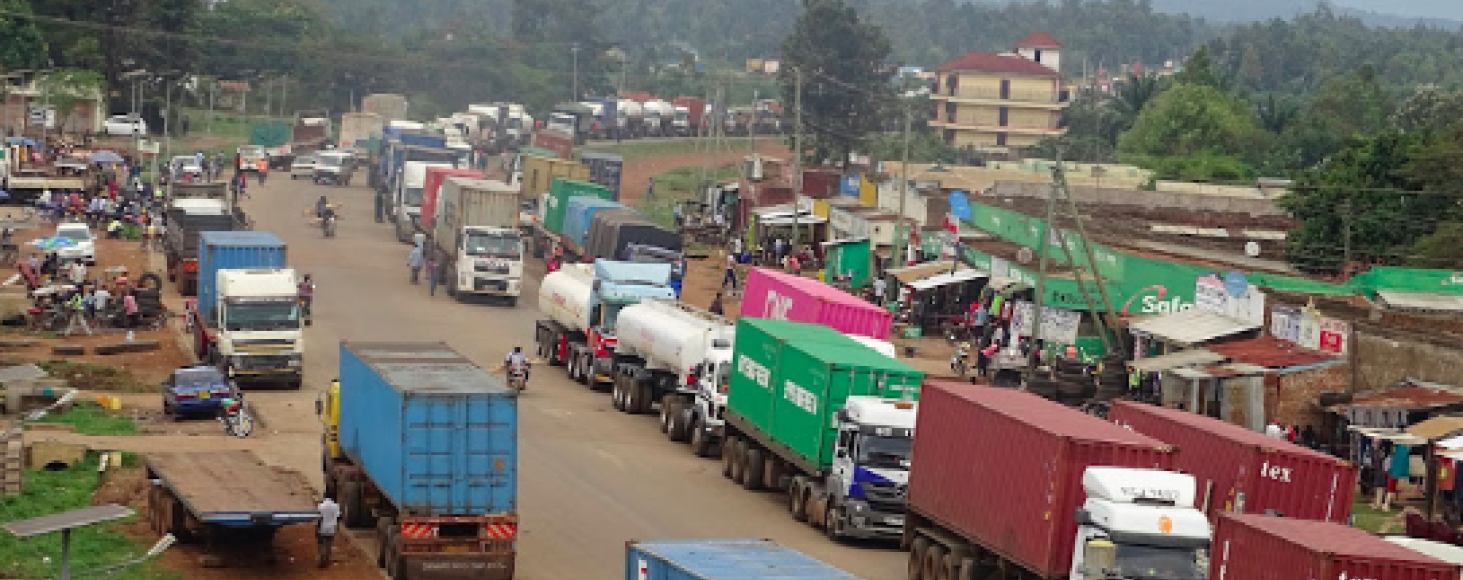
Experience from supporting trade development in the previous five years helped the client, a multi-donor-funded trade development organization, realize that to achieve lasting trade development outcomes, it is essential to not only focus on reducing barriers to trade but also bolster networks among businesses and suppliers, including smallholder farmers located in East Africa’s Northern Transport Corridor.
This meant supporting private sector growth, expanding high-potential market systems, and improving gender inclusion within the trade corridor. To this end, the client decided to develop a comprehensive Growth Hub Program Strategy for Uganda and Kenya. Growth Hubs or Growth Poles have proven effective in stimulating value creation and increasing trading response by the private sector, thereby creating development impact through improved incomes and jobs—and resiliency.
